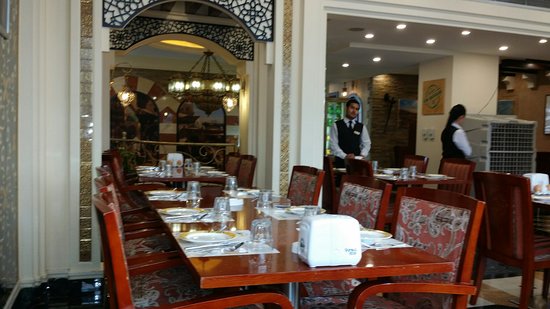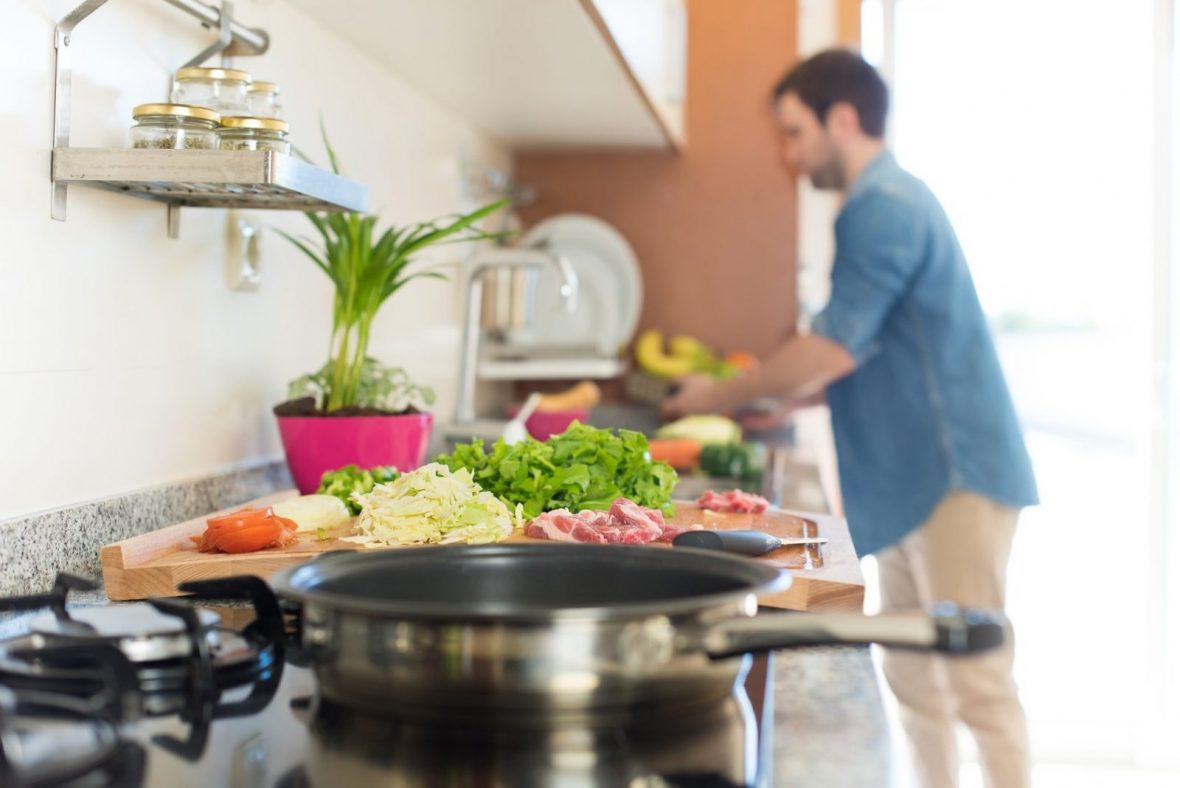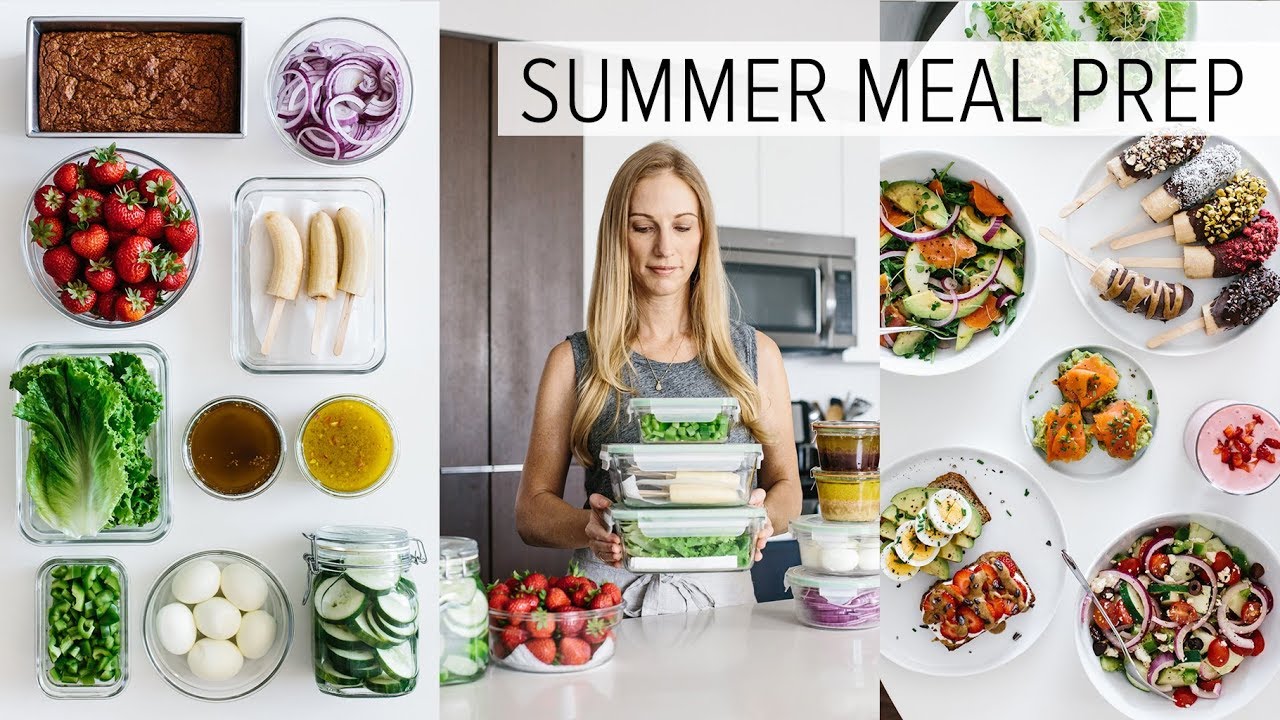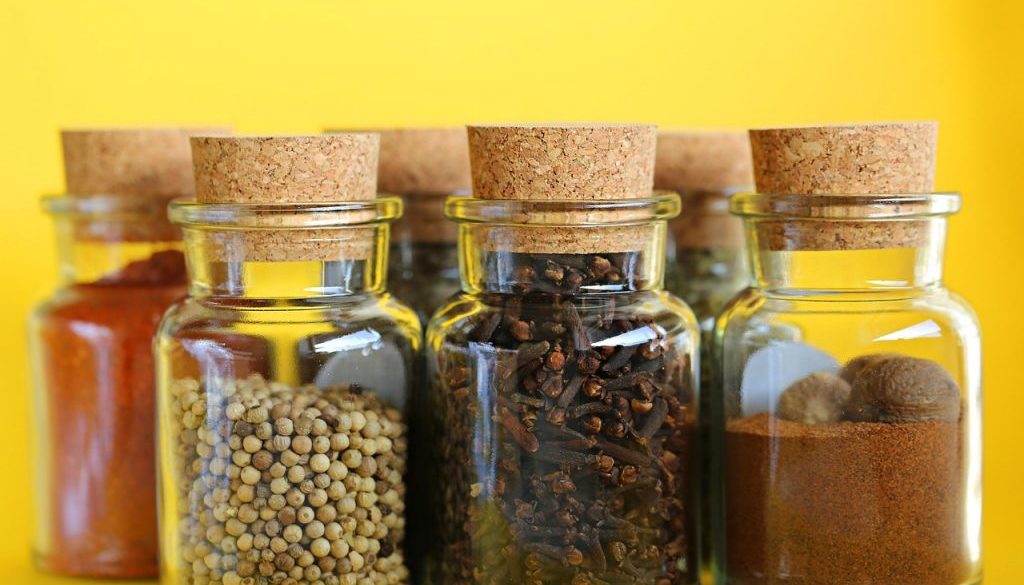
Bottled and Jarred Packaged Goods – As time goes on, more and more intriguing things are created, and we as humans are exposed to a wider range of experiences. Food is one of the most important industries in the world, and it should not be disregarded. They give us everything we require, so we can’t live without them. For a long time, Bottled and Jarred Packaged Goods items have been in use. Bottled and Jarred Packaged Goods Canisters made of glass date back to Ancient Egypt.
The bottle manufacturing process was delayed for a few years. The situation altered dramatically after 1900. The first bottle-making device was invented in this period, paving the way for mass production of Bottled and Jarred Packaged Goods.
Bottled and Jarred Packaged Goods Glass Canisters
Bottled and Jarred Packaged Goods Glass canisters with airtight lids are used for storing home chemicals. Glass jars and pots, on the other hand, are now competing with plastic bottles and bags. Despite the competition, bottles continue to be popular. There are numerous types of Bottled and Jarred Packaged Goods food containers available nowadays. The packaging design is usually dictated by the product being packaged.

Bottled and Jarred Packaged Goods food Packaging:
The primary goal of packaging is to keep food safe. However, packaging has evolved to include new functions that benefit both manufacturers and customers. Bottled and Jarred Packaged Goods canisters with lids, cans with lids, foil pouches, and plastic bottles are the most frequent packaging alternatives. Each type of food packing has its own set of advantages and disadvantages.
Items sold in modern glass canisters and plastic bottles are referred to as bottled goods. Bottled and Jarred Packaged Goods products are sold in containers such as cans, glass jars, containers, and plastic tubs. Fish, vegetables, meat, shrimp, and other seafood are all included. There are also non-food items such as shampoo, toothpaste, pet food, gardening supplies, and so on.
To avoid drinking contaminated tap water, many people have switched to drinking water from bottles. Glass containers with lids are used for a lot of packaged goods. This is a healthier option than tinned food. Bottled and Jarred Packaged Goods Glass containers have the advantage of being reusable or recyclable. Furthermore, they do not contain any hazardous substances that could contaminate food.
Bottled and Jarred Packaged Goods History:
Following the introduction of refrigerators in the late 1800s, the popularity and use of packaged, Bottled and Jarred Packaged Goods skyrocketed. Previously, bottled or packed items in jars were useless. The first refrigerated vehicle was introduced by Thomas Newcomen. The first time this vehicle was used to transport food products over great distances without having to warm it up was in 1712.
Then there were iceboxes, which allowed people to store their food for up to a day. Previously, there was no other option than to use bottled or jarred containers. Bottled and Jarred Packaged Goods containers, on the other hand, were not used to keep all types of food. They were mostly used to keep fruits, pickles, meat, fish, dairy, vegetables, and other foods.
Jars and Bottles of Packaged Goods:
When purchasing drinks and food, it is critical to understand the specifics of the things so that you can determine which are appropriate for your needs. In this case, the condition of the Bottled and Jarred Packaged Goods are also critical. Packed items in bottles and jars. Once upon a time, packaging was solely employed to ensure the product’s quality. Today’s packaging companies, on the other hand, use the current technology to package items in a way that is convenient for both the consumer and the store.
- Consumers regularly utilize jarred and bottle-packed goods to keep food and beverages. This allows them to store it for longer periods without it degrading.
- The food is also protected from the sun and other natural elements by the packaging. Fish meat, vegetable juices and milk, pickles, and a variety of other products are packaged in these containers. Packed items in bottles and jars.
Types of Food Bottled and Jarred Packaged Goods:
There are six different types of packaging available for Bottled and Jarred Packaged Goods products. We’ll go over the many forms of packaging to give you an idea.
1- Bottled and Jarred Packaged Goods made of plastic:
It is, without a doubt, the most well-known type of packaging on the market. Plastic items in bottles and jars are frequently found in garbage cans. The Bottled and Jarred Packaged Goods packaging can take up to 1,000 years to decompose. Another concern is that plastic bottles cannot be reused effectively.
The majority of the time, they degrade in quality after recycling. Furthermore, Bottled and Jarred Packaged Goods plastic bottles are disposed of in landfills, resulting in the release of hazardous chemicals into groundwater and soil. Plastic bottles, for the record, are one of the most significant polluters of the environment. They are petroleum-based and are used to package soft drinks and other beverages. The problem is that they aren’t renewable, which means they can’t be recycled. Packed items in bottles and jars.
2- Bottled and Jarred Packaged Goods made of cardboard:
Bottled and Jarred Packaged Goods made of cardboard are not only less expensive, but they are also better for the environment. They’re also a great substitute for plastic, tinplate, and aluminum. It has a low production cost, making it an excellent alternative for businesses. Moreover, bottled and jarred packaged items are much easier to keep, export, and reuse.
The popularity of Bottled and Jarred Packaged Goods cardboard packing stems from its lightweight and low cost. It’s a terrific approach to promote your goods, as many businesses do. When it comes to constructing carton packaging to preserve your items, you must consider material sustainability, cost-effectiveness, and the limitations to be considered.
3- Metal containers of Bottled and Jarred Packaged Goods:
Bottled and Jarred Packaged Goods Metal containers, which can be used to keep food, are well-known in the food sector. They’re commonly composed of zinc-plated steel, which is corrosion-resistant and inexpensive. They also have a low proclivity for reacting to acidic foods. Metal containers are used to chill or heat the contents within the container to preserve food and store it. Metal containers also have the advantage of being sturdy and dependable. The containers are composed of high-quality steel.
4- Bottled and Jarred Packaged Goods made of Aluminum:
Aluminum products in bottles and jars are constructed of high-quality aluminum. This type of packaging is both lighter and more durable than plastic or glass. The fact that aluminum containers are recyclable and reusable is their major advantage. Bottled and Jarred Packaged Goods can also be a cost-effective replacement for pricey glass packaging.
It may be easily sent without additional packaging expenditures because of its lightweight aluminum packaging and cans. Furthermore, it is a significantly more environmentally responsible solution than steel or glass. Aluminum containers are very strong and durable. They are both safe and useful. Many businesses, especially in recent years, have chosen to employ aluminum-based packaging for these reasons.
Bottled and Jarred Packaged Goods Aluminum containers are excellent for storing both food and beverages. It appeals to the eye more than other materials, and it does not react to beverages or food. Milk, cheese, tea, coffee, and other foods are stored in it. It’s also available in a variety of sizes and forms.
5- Bottled and Jarred Packaged Goods made of Glass:

Bottled and Jarred Packaged Goods Glass canisters are an excellent choice because they are both recyclable and renewable. They’re square and exist in various sizes, shapes, and thicknesses. There are numerous advantages to using glass containers with airtight closures. It inhibits the growth of microorganisms, for example. Not only that, but it also prevents dangerous compounds from being released in the microwave or when it is frozen.
Bottled and Jarred Packaged Goods canisters provide an enclosed place for food. This prevents food contamination and spread. They’re usually airtight, so you can use them to keep liquids inside. Glass jars are large containers constructed of tempered glass, which is durable and easy to clean.
6- Bottled and Jarred Packaged Goods Made of Wood:
Then there’s the wooden packaging, which is a more environmentally friendly option. Many businesses prefer to utilize hardwood packaging since it is healthy for both the product and the environment. This is why Bottled and Jarred Packaged Goods wooden packaging is becoming increasingly popular each year. Rather than synthetic materials, wooden packaging is produced from tree wood. This type of Bottled and Jarred Packaged Goods packaging is usually opulent in appearance and feel.
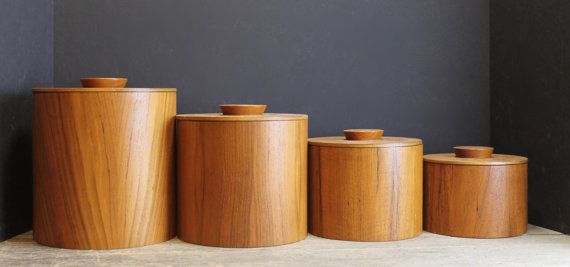
There are numerous advantages to using Bottled and Jarred Packaged Goods wooden packing. They are appealing to the eye and have tactile characteristics, making them enjoyable to use. Wood packaging, unlike other packaging materials, is renewable, recyclable, biodegradable, and biodegradable. It’s also less expensive than other types of packing.
Bottled and Jarred Packaged Goods of Various Types:
There are a variety of Bottled and Jarred Packaged Goods to choose from. This includes the following:
1- Bottled and Jarred Packaged Goods in Glass:
Glass is by far the most popular material for Bottled and Jarred Packaged Goods. Glass jars are manufactured in huge quantities by nearly all manufacturers and are used to package food and other products. Smaller and larger mouths are commonly used in the construction of glass jars.
2- Bottled and Jarred Packaged Goods Paragon:
Olives, gas, and other items are stored in this type of container. The appearance of the paragon container can be used to identify it. It has a tall and slender structure. It not only provides effective storage for objects, but it also has a fashionable appearance.
3- Victorian Bottled and Jarred Packaged Goods:
Bottled and Jarred Packaged Goods Victorian containers are the most durable type of container on the market. They’re big and perfect for holding things like pickles, mayonnaise, and other condiments.
Pros and Cons of Bottled and Jarred Packaged Goods
Everything in this world has certain advantages and, of course, some negatives. Everything utilized in excess can also lead to damage, therefore we must exercise extreme caution. Unfortunately, nothing in this life is without flaws; even something as fundamental as love can have drawbacks when taken in excess.
Advantages of Bottled and Jarred Packaged Goods
1- Bottled and Jarred Packaged Goods are Hygienic:
When it comes to goods, one of the most crucial factors is that the container is hygienic. Bottled and Jarred Packaged Goods Glass does not affect the contents, doesn’t oxidize, and doesn’t generate any dangerous radiation that could harm the product. Its contents can be thermally hermetically sealed to prevent spoiling. One thing to remember is that this varies depending on the package. What works for glass packaging may not work for other materials such as aluminum and steel.
2- Bottled and Jarred Packaged Goods Friendly to the environment:
Bottled and Jarred Packaged Goods are more environmentally friendly than the rest of the packaging options available, as it can be recycled and reused without causing harm to the environment or the end-user. Furthermore, bottle and jar packaging is constructed from resource-efficient materials such as glass, which is made from natural raw resources such as sand and cullet and can be recycled 100 percent. Furthermore, unlike plastic bottles and jars, glass bottles and jars do not disintegrate when recycled.
3- Preservation of food quality:
To begin with, Bottled and Jarred Packaged Goods is much easier to store, and they can preserve for longer periods due to the preservative nature of glass, as the packaged food in bottles and jars is tightly sealed, which protects the food items from infection and corrosion, keeping the food fresh for longer periods. This is due to the non-porous, glossy surface of bottle and jar packaging, which cannot absorb germs and repels food aromas. All of this helps to retain the food’s quality and extend its shelf life.
4- Health Issues:
Bottled and Jarred Packaged Goods are more suited to maintaining health because glass is a non-toxic substance with a significant resistance attribute to prevent leeching, which is less as compared to plastic and metallic products, which have been reported to leech chemicals into stored products, and any irregularity from changes within the storage atmosphere can accelerate the decay and damage to products stored in plastic packaging, while it does harm and damage Bottled and Jarred Packaged Goods products stored in glass packaging.
5- Bottled and Jarred Packaged Goods Convenient and Easy:
Another significant feature of effective glass packaging is its convenience and ease of use. It is portable and may be maintained in almost any place. If you want to distribute it or take it with you on a trip or anything, you can easily do so.
6- Transparency of Bottled and Jarred Packaged Goods:
As you may be aware, glass packaging is quite practical and gives ease in the sense that the product may be identified. This also makes purchasing easier because you know exactly what you’re getting.
Bottled and Jarred Packaged Goods have disadvantages:
1- Costs of production and shipping:
Because glass is more expensive to create and uses more industrial energy to produce than plastic packaging, the cost of bottled and jarred packaging is much higher than that of plastic packaging. Furthermore, the shipping and packaging of bottles and jars used for packaging A glass 2 oz bottle would require glass material to make a bottle or jar equivalent to 177 lbs.
However, the plastic counterpart requires only raw material to establish a 0.023 lbs. which could store a 2 oz bottle amount of liquid, resulting in higher freight costs. Bottled and Jarred Packaged Goods necessitate a great deal of attention, resulting in higher value-added charges on the net cost of a glass bottle or jar.
2- Convenience:
Bottled and Jarred Packaged Goods have the disadvantage of being cumbersome since customers prefer sealed containment containers made of glass and plastic. The benefit of freshness becomes irrelevant when it comes to frequently and actively consumed meals and products such as cereals and common snacks. Glass bottles and jars are typically larger than the original object they hold, making them more space-consuming and inconvenient to store. Furthermore, glass bottles and jars require opening a cork, cap, or lid that is tight on the jar, making it more difficult to open and use.
3- Weight:
When it comes to Bottled and Jarred Packaged Goods packaging, bottled and jarred goods are generally constructed of glass, which is substantially heavier than their plastic or metallic counterparts. There are both direct and indirect disadvantages to the excessive weight of bottles and jars. Direct disadvantages include the overall heavier weight of the product as glass bottles and jars have their weight, but that weight combined with the weight of the contained item becomes a hassle in terms of utility and transportation; The indirect disadvantage of weight is that it adds to the production and shipment value due to the added weight.
4- Resistant to impact:
Another significant disadvantage of Bottled and Jarred Packaged Goods is that they cannot endure impact, which occurs frequently during the stages of manufacture, transportation, storage, distribution, and shelf life of bottled and jarred items. Furthermore, when compared to their metallic and plastic counterparts, which have greater durability and impact resistance, which protects food and liquid items stored from external exposure and prevents them from going to waste, which is unfortunately not the case with Bottled and Jarred Packaged Goods made of glass, which are prone to shattering and rendering the contained item as waste.
Bottled and Jarred Packaged Goods Final Thoughts:
Both glass Bottled and Jarred Packaged Goods have benefits and drawbacks. They’re less expensive and more environmentally friendly than glass. Both glass Bottled and Jarred Packaged Goods are more practical and simple to store. They’re also more lightweight and portable than glass. They’re also better for the environment. As a result, they’re a popular choice among consumers. Jarred packages are, in the long run, the finest solution for today’s global pro.
Bottled and Jarred Packaged Goods FAQs
Q1- What exactly are Bottled and Jarred Packaged Goods?
Packaged goods are products that come in jars, containers, bottles, tins, cans, and cartons.
Q2- What do manufacturers and consumers think packaged goods are worth?
Packaging is an important part of the manufacturing process. It helps to keep the goods safe from contamination and harm. It also helps producers deliver and transport their products safely. Furthermore, Bottled and Jarred Packaged Goods packing ensures that consumers receive the best possible service. It makes storage easier and improves the life of the item.
Q3- How can you make your bottles and jars of packaged food last longer?
You may extend the shelf life of jars and packed foods by selecting the best packaging materials.
Q4- Is it safe to eat things that come in packages?
The majority of foods Bottled and Jarred Packaged Goods are safe to eat. Some foods, on the other hand, may require specific care and storage to avoid contamination from dirt, dust, and other pollutants. Some of the packaged foods must be heated before being consumed.
Q5- Products in jars or bottles Which one should you choose?
Items packaged in jars and bottles are well-known all throughout the world. They’re both excellent, so you’ll have to choose one based on pricing and personal preferences. Packed items in bottles and jars
Q6- Is it true that Bottled and Jarred Packaged Goods harm the environment?
Bottled and Jarred Packaged Goods in glass containers are not hazardous to the environment. Plastic bottles, on the other hand, can be hazardous since they produce dangerous chemical compounds. Packed items in bottles and jars.
Read More Interesting Articles on Daixie Wang








